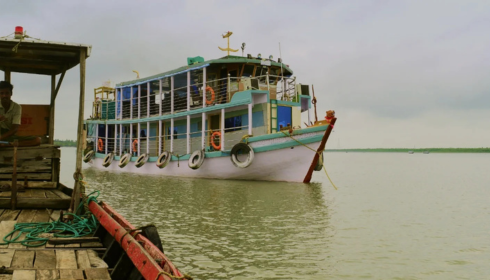The Sundarbans, the world’s largest delta and mangrove forest, is a natural marvel nestled in the southern part of West Bengal, India. A Sundarban tour promises not only a retreat into nature but also an unforgettable journey into one of the most biodiverse regions on the planet. Declared a UNESCO World Heritage Site, the Sundarbans is home to the majestic Royal Bengal Tiger, numerous exotic birds, reptiles, and aquatic animals, making it an ideal destination for nature lovers, wildlife enthusiasts, and adventure seekers.
Why Choose a Sundarban Tour?
A tour of the Sundarbans is a unique experience unlike any typical vacation. It’s an immersive blend of tranquil boat rides through dense mangrove creeks, spotting rare wildlife, and learning about the rich cultural heritage of the region. The serene atmosphere, combined with the thrill of spotting a tiger in its natural habitat, creates an exhilarating balance between peace and adventure.
Many Sundarban tour packages offer eco-friendly lodging options in local villages or floating accommodations. These stays not only provide a close view of the natural surroundings but also support sustainable tourism and help preserve the delicate ecosystem.
Major Attractions of the Sundarbans
- Sajnekhali Wildlife Sanctuary: This is a must-visit destination on any Sundarban itinerary. It houses a mangrove interpretation center, a crocodile breeding center, and several species of birds like herons, kingfishers, and egrets.
- Sudhanyakhali Watchtower: One of the best spots for tiger sightings, this tower overlooks a freshwater pond where wild animals come to drink, offering travelers the chance to spot Royal Bengal Tigers, deer, and wild boars.
- Dobanki Canopy Walk: This elevated walkway gives tourists a unique perspective of the forest canopy and a chance to spot wildlife from above, including monkeys, birds, and the occasional crocodile sunbathing on the riverbanks.
- Bonnie Camp: Known for its tall watchtower, Bonnie Camp offers panoramic views of the forest and nearby rivers. It’s also one of the safest and most developed camps in the Sundarbans.
- Netidhopani: This historical site features ancient temple ruins and is steeped in mythological stories, adding a cultural and mystical element to your journey.
Best Time to Visit the Sundarbans
The ideal time for a Sundarban tour is between November and March, when the weather is cool and pleasant. During this season, wildlife sightings are more frequent, and boat rides are enjoyable without the sweltering heat or heavy rains.
How to Reach the Sundarbans
The Sundarbans is easily accessible from Kolkata. Tourists can take a train or drive to Godkhali, the gateway to the Sundarbans. From there, motorboats or ferries are used to reach various islands and tourist points. Most tour operators include transportation in their packages, making travel convenient and hassle-free.
Tips for an Unforgettable Tour
- Carry lightweight cotton clothes, sunscreen, hats, and insect repellent.
- Always travel with a licensed tour operator who ensures safety and follows environmental regulations.
- Avoid littering or disturbing the wildlife. Respect the rules of the national park.
- Don’t forget to carry binoculars and a camera to capture breathtaking views and rare animal sightings.
Experience Local Culture
Apart from natural beauty, the Sundarbans offers a glimpse into the local way of life. Visitors can enjoy traditional Bengali cuisine, folk dance performances, and interact with locals who depend on fishing and honey collection for their livelihood. Supporting community tourism adds value to your trip and helps improve the lives of those living in this fragile ecosystem.

